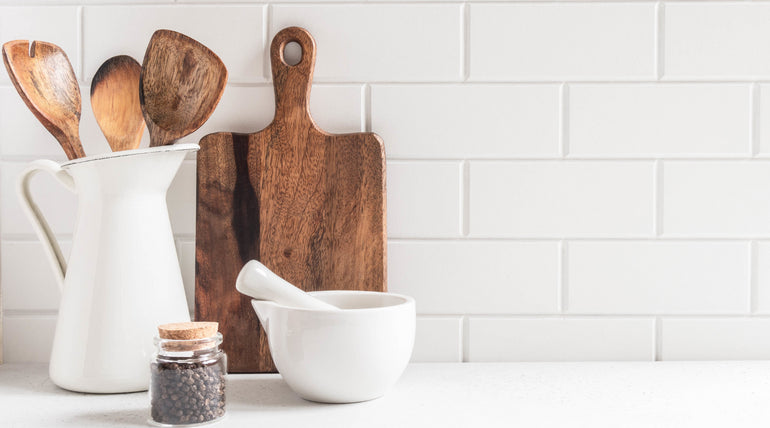As an expert chef with years of experience in the culinary world, I am thrilled to guide you on a journey toward becoming a confident and skilled home cook. Cooking is not just about preparing meals; it's a form of art, a means of self-expression, and a way to bring joy to those you feed. In this article, I will share my passion for cooking and offer valuable insights into creating simple yet extraordinary dishes that will leave your friends and family in awe.
The Joy of Cooking: Fun in the Kitchen
Cooking should never feel like a chore; it should be a joyful experience. I believe that the heart of any memorable meal lies in the passion and love you infuse into it. So, let's start by embracing the fun in the kitchen. Here are a few tips to help you enjoy your cooking journey:
Experiment Fearlessly: Don't be afraid to try new ingredients, techniques, and flavors. The kitchen is your playground, and creativity is your best friend.
Music and Ambiance: Create a pleasant cooking environment with your favorite music, a glass of wine (if you're of legal age), and some scented candles. Cooking can be a relaxing and therapeutic activity.
Cook with Friends and Family: Invite your loved ones to join you in the kitchen. Cooking together can be a bonding experience, and you'll learn from each other.
Learning and Growing: Acquiring New Skills
One of my primary goals is to help you expand your culinary knowledge. Here are some ways you can continue learning and growing in the kitchen:
Cooking Classes: Consider enrolling in cooking classes in your area or taking online courses. These can teach you essential techniques and provide inspiration.
Cookbooks: Invest in a variety of cookbooks that cover different cuisines and skill levels. These can serve as valuable resources for your culinary journey.
Practice Regularly: The more you cook, the better you become. Challenge yourself to prepare meals from scratch whenever possible.
Creating Culinary Masterpieces: Beautiful Dishes
Creating beautiful dishes is not reserved for Michelin-starred restaurants; you can achieve it at home too. Presentation matters, and it doesn't have to be overly complicated. Here are some tips for crafting visually stunning plates:
Colorful Ingredients: Incorporate a variety of colorful ingredients into your dishes. Vibrant vegetables, fresh herbs, and colorful sauces can make your meals visually appealing.
Plating Techniques: Learn basic plating techniques, such as using rings for precise portions, creating attractive drizzles, and arranging components thoughtfully on the plate.
Garnishes: Don't underestimate the power of garnishes. A sprinkle of fresh herbs, a citrus twist, or a sprinkle of edible flowers can elevate your dish's presentation.
Prioritizing Safety: Food Safety Matters
Safety should always be a top priority in the kitchen. Here are some key food safety principles to keep in mind:
Hand Hygiene: Wash your hands thoroughly before and after handling food.
Proper Storage: Store perishable items in the refrigerator promptly, and use or freeze them within the recommended time frame.
Temperature Control: Use a food thermometer to ensure meats and other perishables are cooked to the recommended internal temperatures.
Join Me at SKI Blog for More Insights
If you're eager to delve deeper into the world of cooking and expand your culinary horizons, I invite you to explore my blog, SKI (Solve Kitchen Issue). There, you'll find a treasure trove of helpful tips, tricks, and recipes that will empower you to become the chef you've always aspired to be. Let's embark on this culinary adventure together and create delicious memories that will last a lifetime.
In conclusion, cooking is an art that can be mastered by anyone with a passion for food and a willingness to learn. I hope this article has ignited your culinary enthusiasm and inspired you to take the first step towards becoming the master chef you've always dreamed of being. Happy cooking! 🍽️👩🍳

